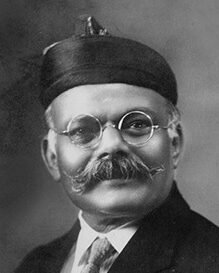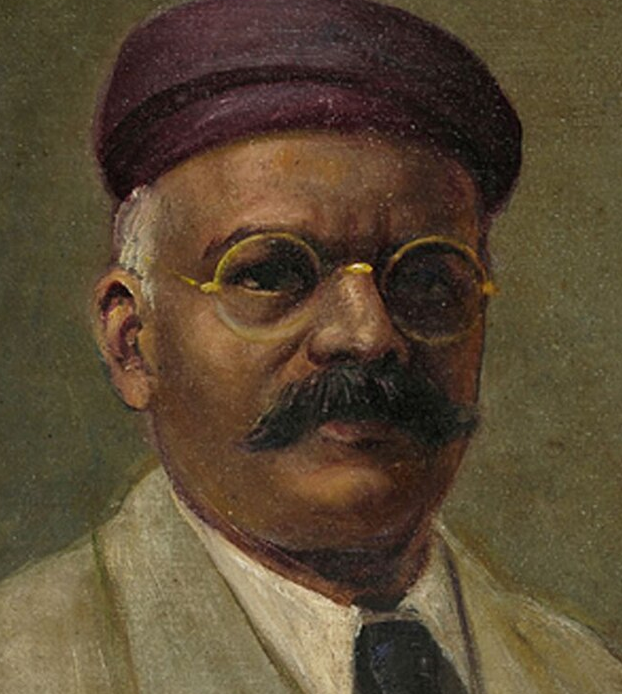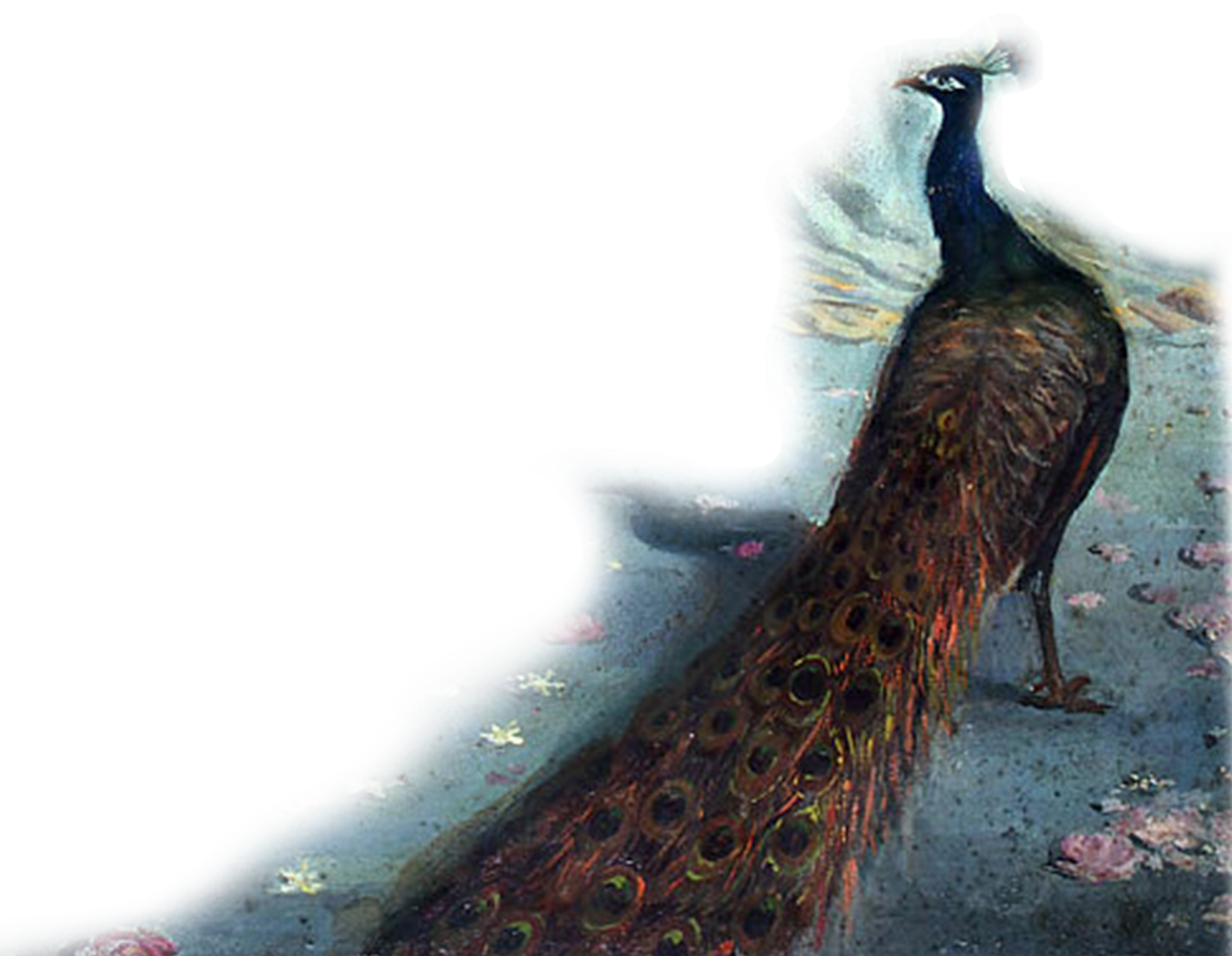M. V. Dhurandhar (Mahadev Vishwanath Dhurandar) one of the most popular academic Indian artists after Raja Ravi Varma, was born in Kolhapur. His early interest in drawing led his father to enrol him in the Sir J. J. School of Art in Bombay, where he received special encouragement from the principal, John Griffiths.
M. V. Dhurandhar achieved early success in his artistic career when he was awarded a gold medal by the Bombay Art Society for his oil painting, “Have You Come Laxmi?” In 1895, This notable achievement made him the first Indian to receive this prestigious honour.
In the late 19th and early 20th centuries, Bombay artists, including Dhurandhar, were creating commissioned works that were academic in their rendering and technique but within an indigenous context, becoming known as history painters. Dhurandhar remained the most significant among them, maintaining a balance between academic realism and popular commercial art.
His well-known works include a series on Bombay and its people, scenes from Hindu Religion, illustrations for the Rubaiyat of Omar Khayyam, and others. He also illustrated Otto Rothfeld’s book “Women of India,” published in Bombay in 1920, and Percival and Olivia Strip’s “The Peoples of India” in 1944.






